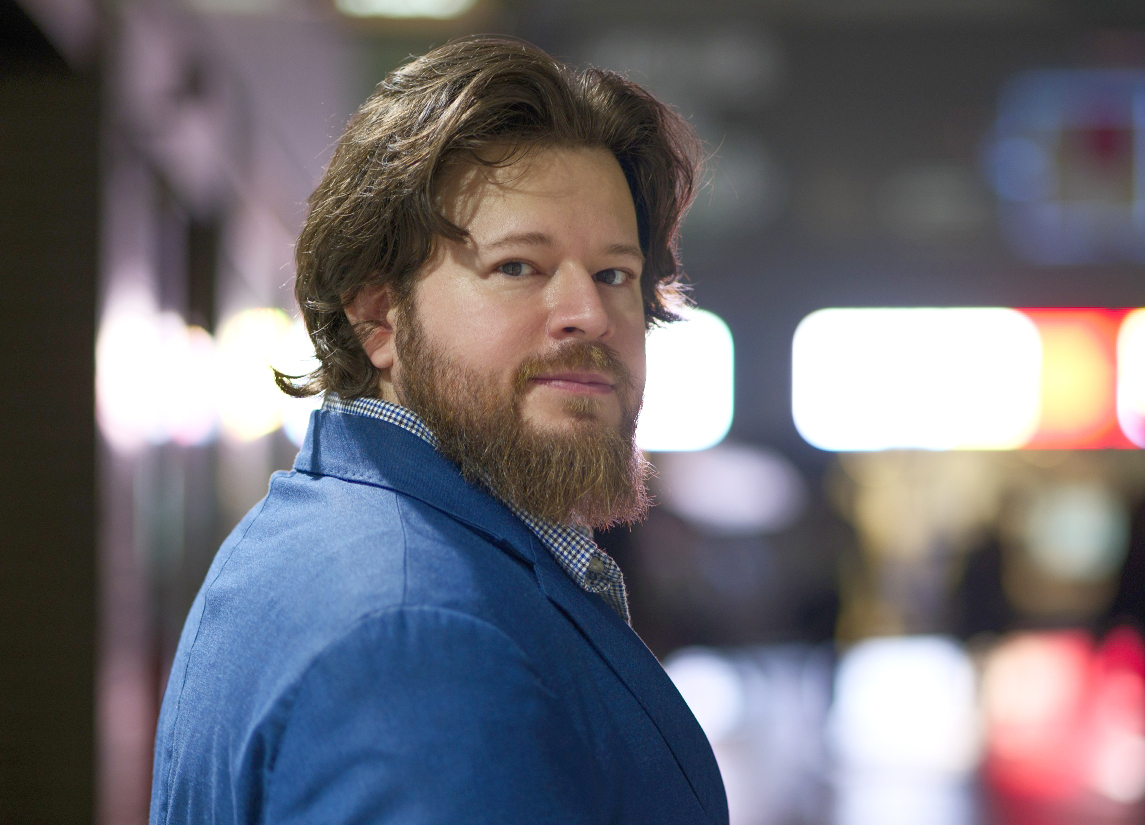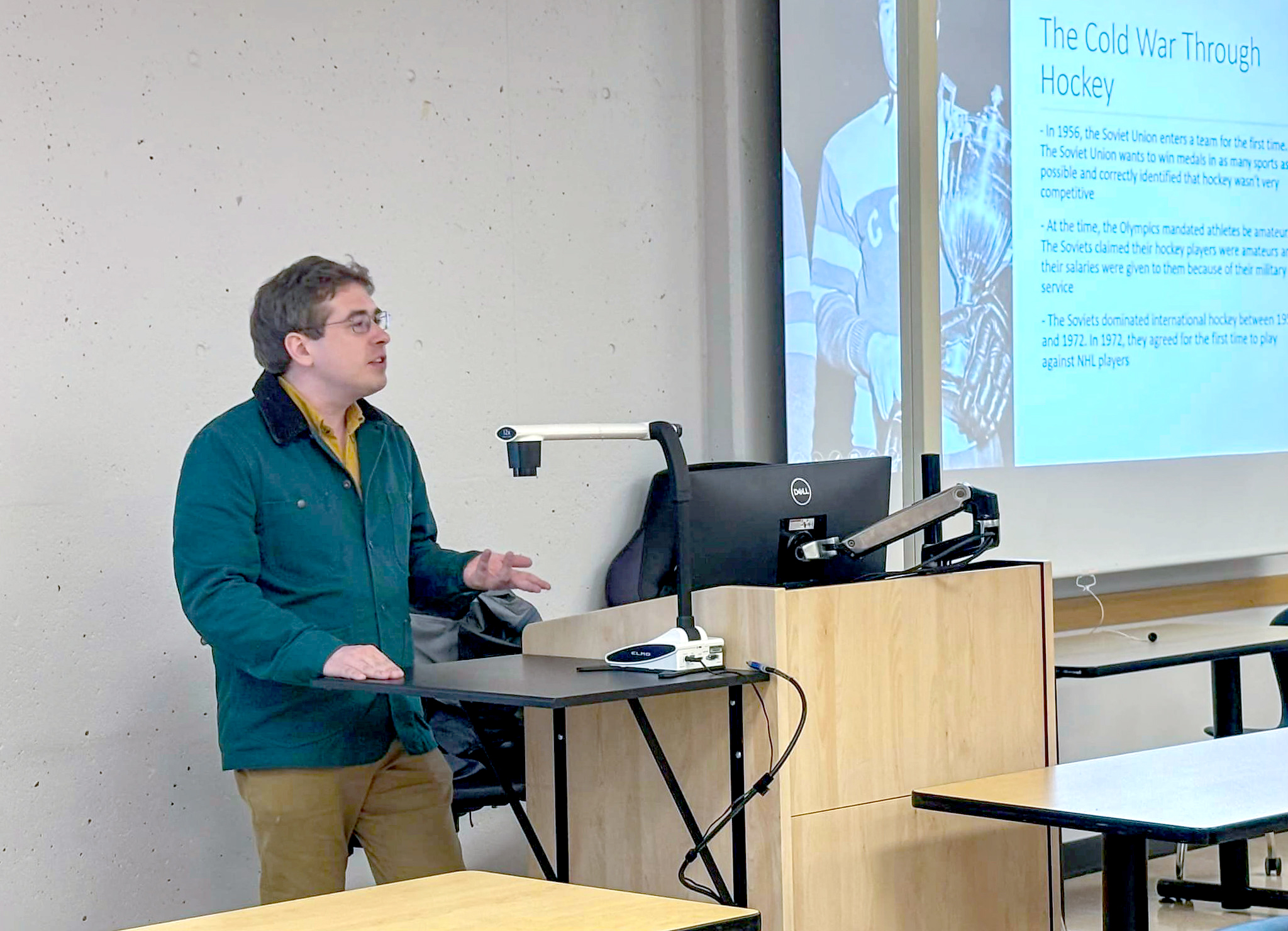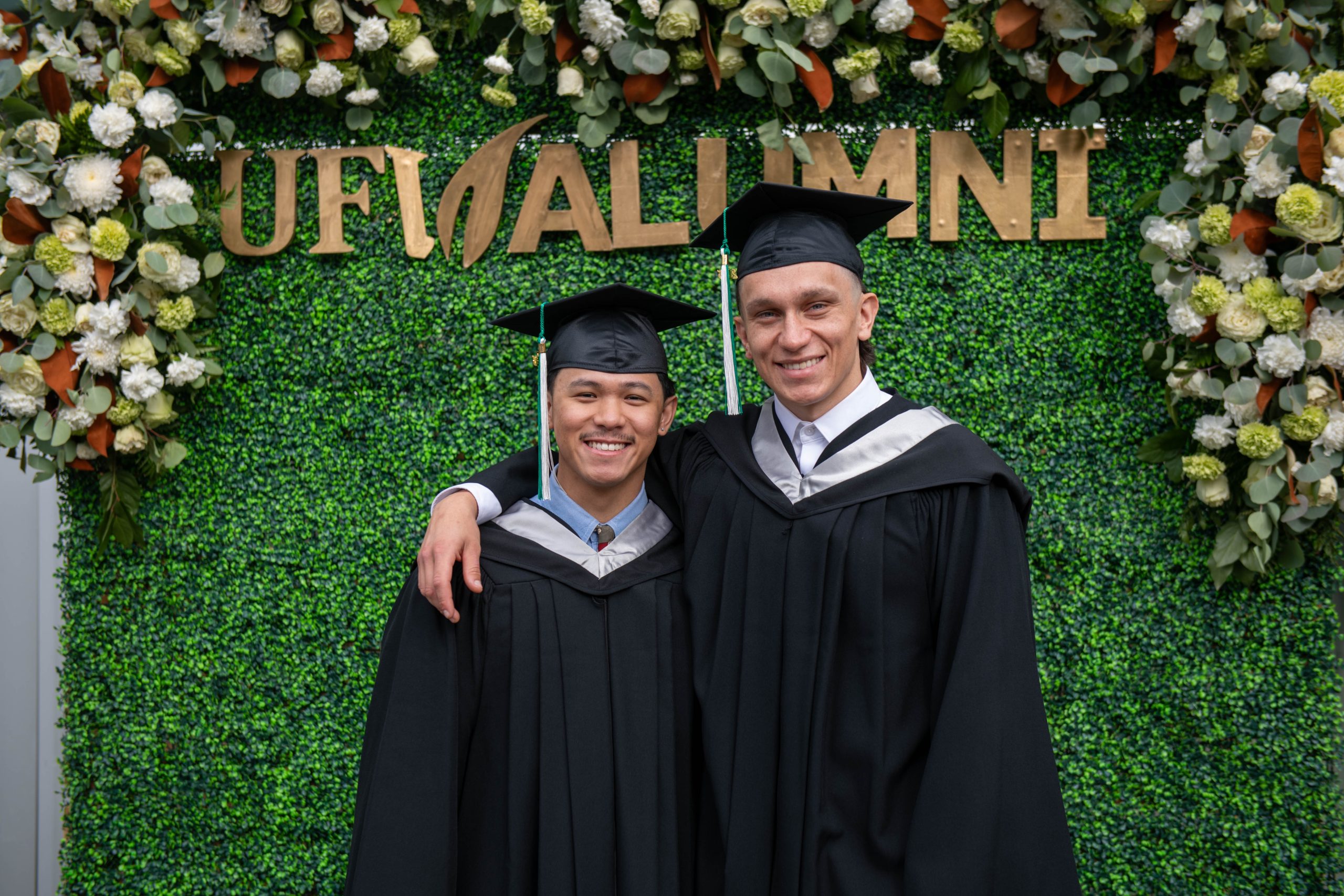Field research brought landscape to life for Travis Gingerich
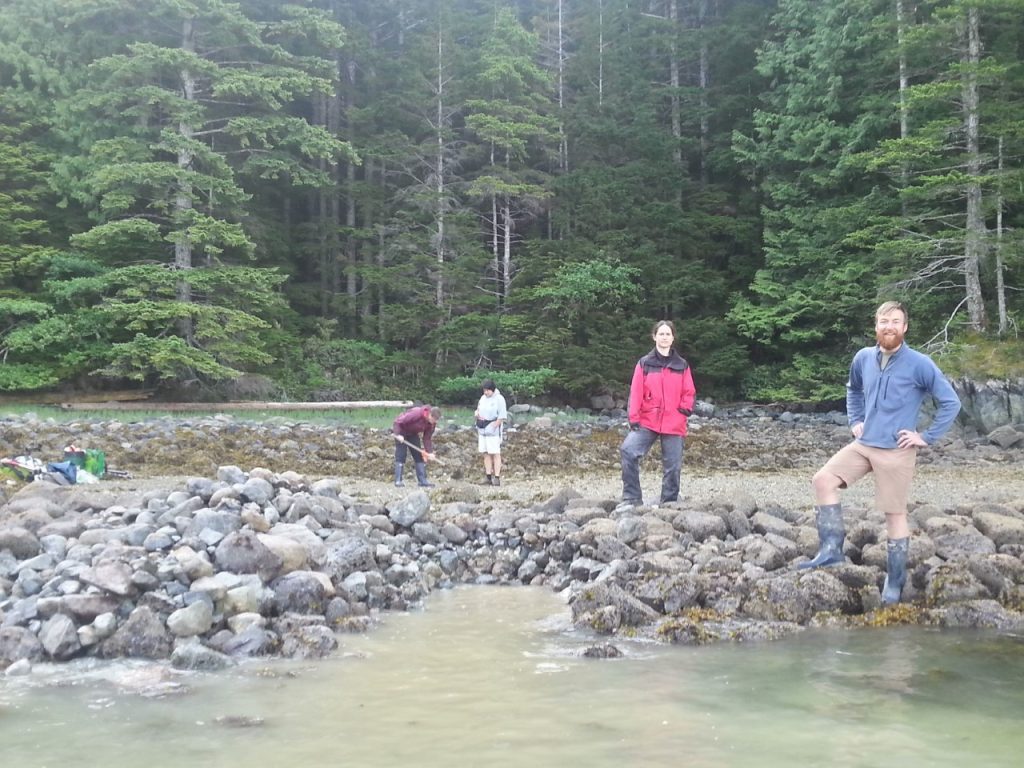 For alumnus Travis Gingerich, his undergraduate research experiences were as much about the journey as the result.
For alumnus Travis Gingerich, his undergraduate research experiences were as much about the journey as the result.
“Field-based research provided me with the chance to experience so many landscapes and remote locations that would otherwise be very difficult to get to. Once there, you get to know them on a much more intimate level than you ever would as a tourist or traveler.”
During his field studies with Dr. Olav Lian, samples were collected and a technique known as optically stimulated luminescence (OSL) dating was used to provide a measure of time since sediment grains were deposited and shielded from further light or from heat exposure.
The majority of Travis’s research experience at UFV was with Dr. Olav Lian working in the Luminescence Dating Laboratory preparing samples collected in the field, measuring their luminescence signals, and analyzing the data. Sediment samples are collected and dated for the purpose of understanding the nature of long-term environmental change.
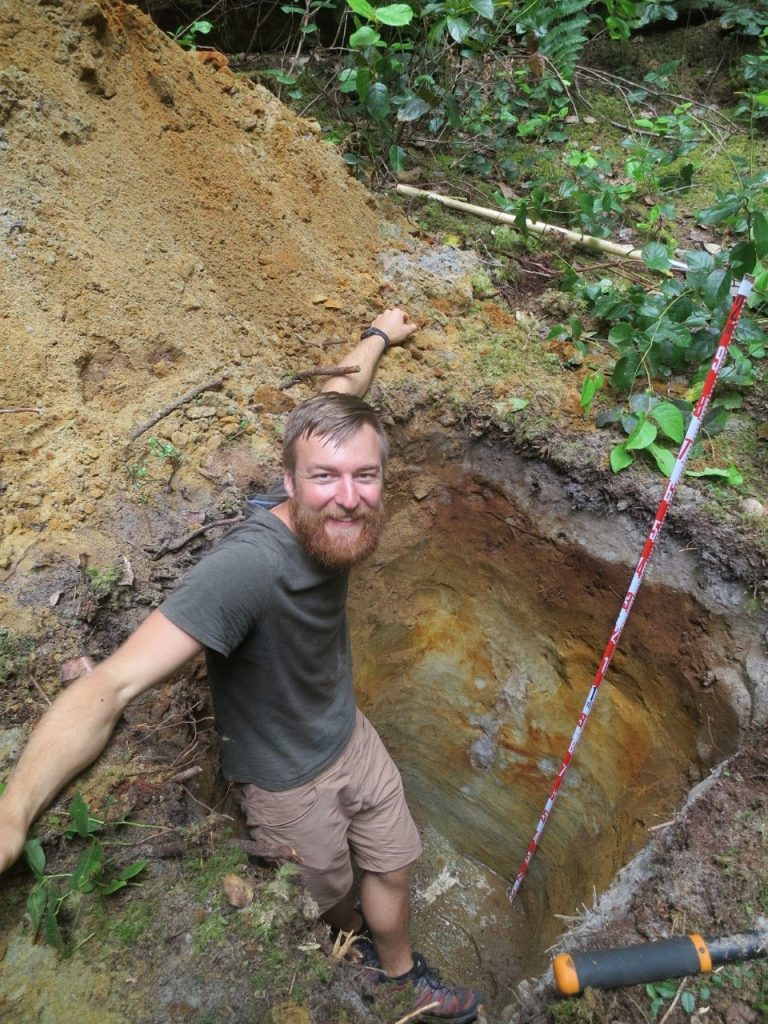 “On one memorable field-study, on Quadra Island, we were working on a project to do with clam gardens. Clam garden construction is an ancient practice by coastal First Nations people, where break-waters are built out into the inter-tidal zone to create a larger space in which they could farm clams. During my first field season as a research assistant, I was able to join a trip to investigate clam gardens from a dating perspective, to help find out when these structures were built. Experiencing the stillness of the sea and forest was amazing and made me recognize that we, as humans, have been interacting with this environment longer than we can fathom,” Travis recalls.
“On one memorable field-study, on Quadra Island, we were working on a project to do with clam gardens. Clam garden construction is an ancient practice by coastal First Nations people, where break-waters are built out into the inter-tidal zone to create a larger space in which they could farm clams. During my first field season as a research assistant, I was able to join a trip to investigate clam gardens from a dating perspective, to help find out when these structures were built. Experiencing the stillness of the sea and forest was amazing and made me recognize that we, as humans, have been interacting with this environment longer than we can fathom,” Travis recalls.
“(Being a research assistant) opens so many opportunities going forward,” Travis notes. “It lets you see what research is out there before you go into the workforce. You pick up lab skills outside of class that are valuable in many different industries.”
Having the opportunity to work alongside master’s students and other researchers provided Travis with valuable insight into what to look for when conducting field-based research making for a much more rewarding research experience.
Olav Lian remembers Travis as an exceptional research assistant and a researcher in his own right.
“He quickly evolved from an assistant to a colleague who was eager to help train and mentor more junior students. It is not surprising that he decided to pursue the honourable career of teaching science.”
Following four years at UFV, Travis graduated with a Bachelor of Science Honours degree in Physical Geography. He subsequently entered the Master of Science program at Simon Fraser University (SFU) with full scholarship and conducted most of his master’s research back in UFV’s Luminescence Dating Laboratory.
(Part of a series looking back on how undergraduate research experience benefitted students who are now alumni.)



